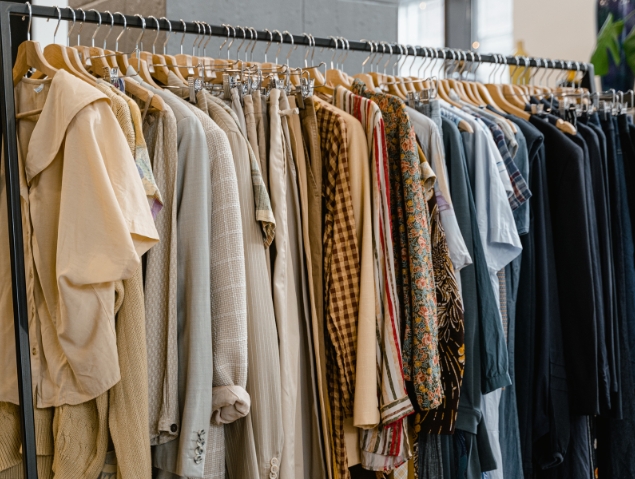Apparel
The outsourcing of apparel production from developed countries to China was a major trend in the global clothing industry in the late 20th and early 21st centuries. There were several factors that drove this trend, including lower labor costs in China, a large and growing pool of skilled workers in the Chinese textile and clothing industries, and the Chinese government's policies to promote the development of these industries.
As a result, many apparel companies in countries such as the United States and Europe began to shift their production to China, taking advantage of the lower costs and higher quality of Chinese-made goods. This had a significant impact on the global clothing industry, as China became one of the largest producers and exporters of clothing in the world.
However, in recent years, there have been some concerns about the sustainability of this model, as rising labor costs in China and increasing competition from other countries have made outsourcing to China less attractive. Additionally, the COVID-19 pandemic has disrupted global supply chains and highlighted the risks of relying heavily on a single country for the production of essential goods. As a result, some companies are beginning to reconsider their outsourcing strategies and are looking for ways to diversify their supply chains.
At Anderson Brown, we are experts at working with Asian vendors, preparing ironclad contracts and understanding outsourcing is an essential part of the business model and how to do so within a complex legal environment. Not every situation should be outsourced, but if it makes economic sense, then it should be done under the expert guidance of the firm as we know how to protect client interest when working with Asian and African vendors.
